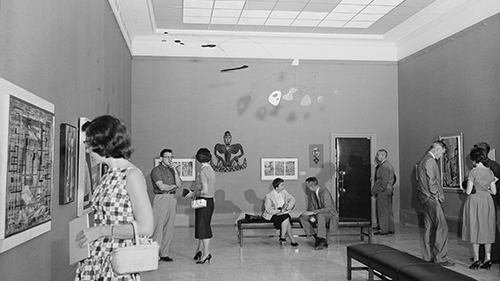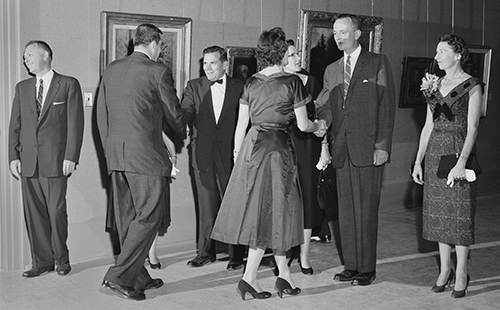“When the Ackland Art Museum at the University of North Carolina at Chapel Hill showed ‘Empire’ at the nearby Varsity Theatre in 2010, the audience heard curses from the rear of the darkened cinema, said Allison Portnow Lathrop, public programs manager at the Ackland.
“The projectionist was losing a bout with the two antiquated projectors used to show the film’s 10 full reels. Later, a fire almost broke out.
“Ms. Lathrop had hired eight musical groups, booking each to play during an hour of the film. Near the end of the final reel, a local noise band, Y Fuego Mod, set off sparks during a set that mixed tools, scrap metal and amplifiers.
” ‘I really thought, “My job is over here. I’m going to be fired–if we all make it out alive,” ‘ Ms. Lathrop said. No one was hurt, and the projector kept rolling, after emergency exits were opened to air out the fumes.”
— From “Sick of Hollywood Action Movies? Warhol’s Epic Is an 8-Hour Shot of the Empire State Building” by Brenda Cronin in the Wall Street Journal (Jan. 10, 2019)



